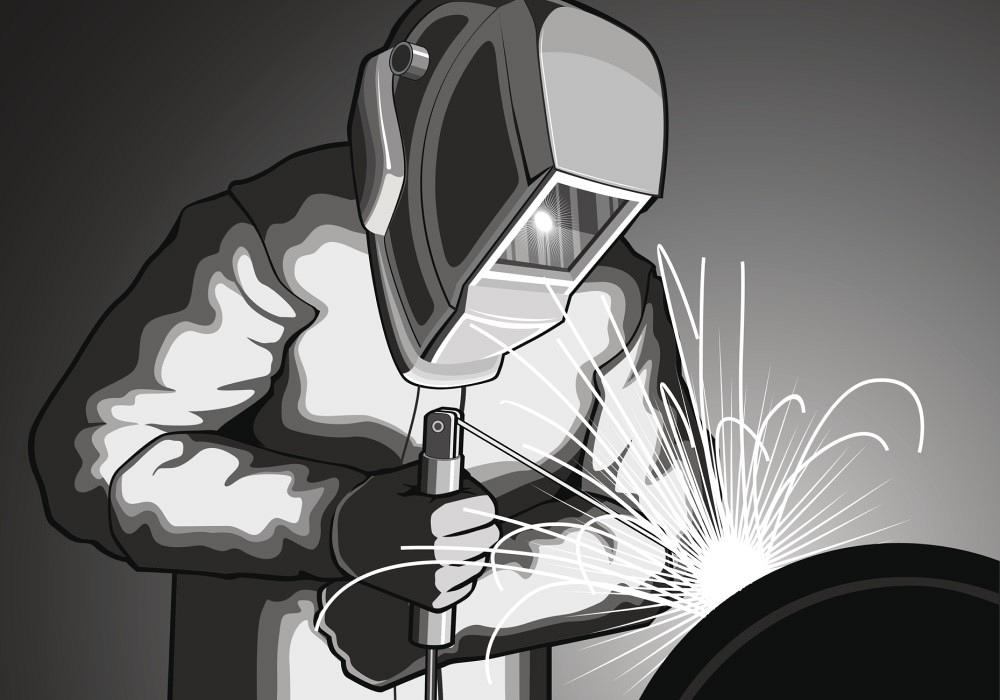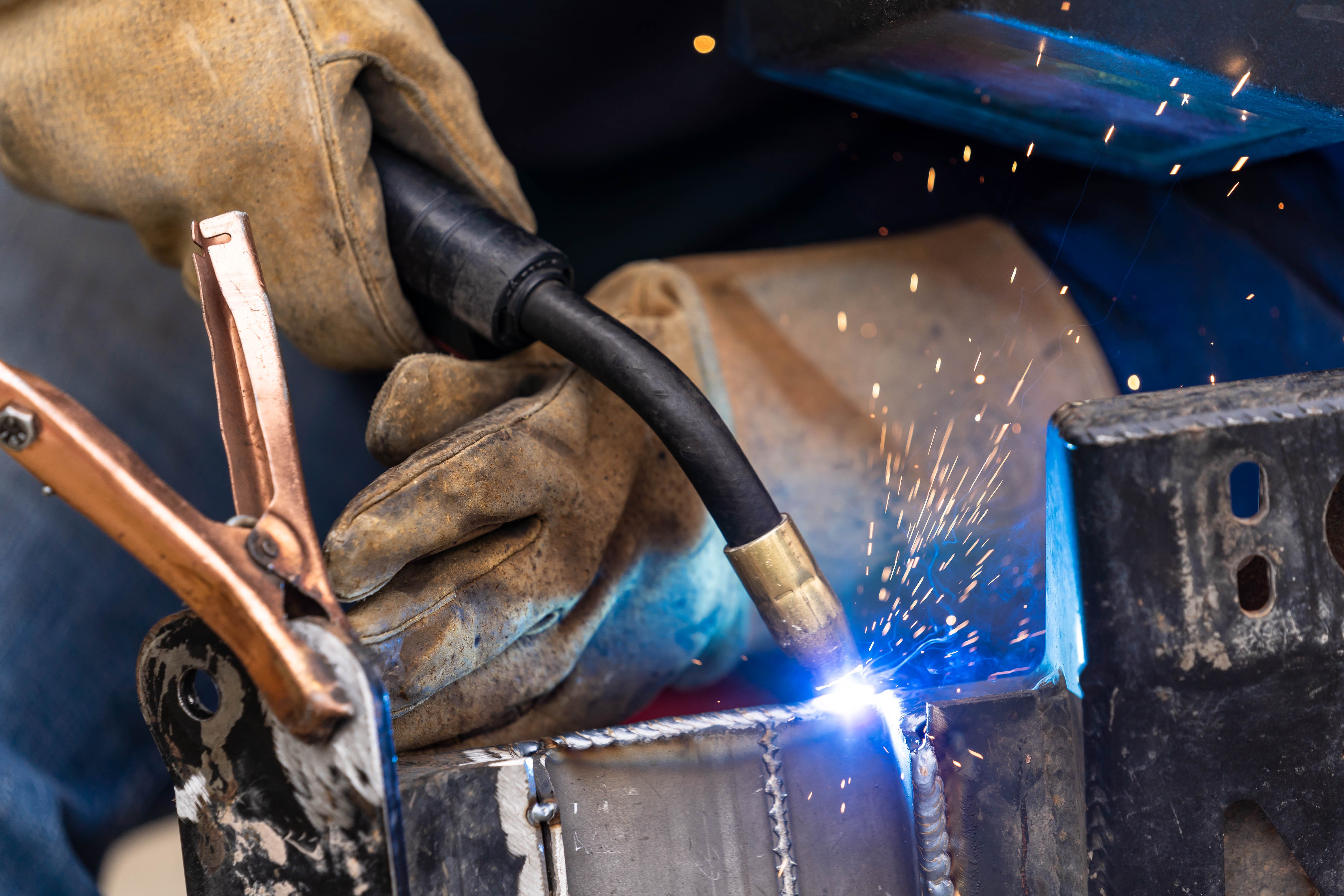The Ultimate Guide to Welding WPS Procedures: An Extensive Introduction for Welders
In the complex world of welding, Welding Treatment Specifications (WPS) function as the foundation of guaranteeing quality, uniformity, and security in welding procedures. Recognizing the subtleties of creating, applying, and keeping track of WPS procedures is crucial for welders aiming to elevate their craft and meet sector standards. As we explore the various parts of a WPS and check out the complexities of qualification and accreditation, we will reveal the essential role these treatments play in the realm of welding. Let's start a journey to decipher the complexities and relevance of WPS procedures in welding techniques.
Relevance of WPS Procedures
Understanding the significance of Welding Procedure Requirements (WPS) procedures is vital for making certain the top quality and honesty of welded structures. WPS treatments function as a roadmap for welders, describing the required steps, specifications, and materials needed to attain a sound weld. By adhering to WPS standards, welders can ensure uniformity in their work, leading to reputable and structurally sound welds.
One of the main reasons why WPS treatments are crucial is their function in maintaining weld quality and stability. Adhering to the specified welding criteria and methods laid out in the WPS aids stop problems such as porosity, breaking, or incomplete combination, which can compromise the stamina and durability of the weld.

Elements of a WPS
A Welding Treatment Spec (WPS) typically makes up essential elements that detail the specific requirements for performing a weld, making certain consistency and quality in the welding procedure. The essential components of a WPS consist of crucial variables such as base metals, filler steels, preheat and interpass temperatures, welding procedures, securing gases, welding placements, and post-weld heat therapy demands.
Base metals refer to the materials being signed up with, while filler metals are used to load the gap between the base steels throughout welding. The welding process details the particular method to be used, whether it's gas steel arc welding (GMAW), shielded steel arc welding (SMAW), or an additional technique. Welding settings specify the orientations in which welding can be performed.

Qualification and Certification
Having actually established the important components of a Welding Treatment Spec (WPS), the emphasis currently shifts towards the vital facets of credentials and accreditation in welding techniques.

Certification, on the other hand, is the official recognition of a welder's qualifications by a pertinent certification body or organization. Welding qualifications are commonly based on the particular welding procedures, products, and placements a welder is qualified to collaborate with. Holding a valid welding qualification demonstrates that a welder meets industry criteria and is competent to do welding jobs to the called for requirements.
Producing a WPS
To create a Welding Procedure Spec (WPS) that fulfills market criteria, cautious consideration of welding procedures, materials, and operational specifications is important. The very first action in producing a WPS is to determine the welding procedure to be utilized, such as gas metal arc welding (GMAW) or shielded steel arc welding (SMAW)

Carrying Out and Keeping An Eye On WPS
Upon finalizing the comprehensive Welding Treatment Specification (WPS) that meticulously details welding procedures, materials, operational parameters, and quality control steps, the emphasis changes to see successfully implementing and checking the well established treatments. Execution involves making certain that all welders associated with the project recognize with the WPS and follow it carefully during the welding process. This requires offering ample training and supervision to ensure adherence to the defined procedures. Keeping track of the WPS entails continuous oversight to confirm that welding tasks align with the documented specs. Evaluations, screening, and quality control actions are crucial elements of the monitoring process to determine any kind of inconsistencies or problems quickly. Routine audits and reviews of the welding treatments aid in keeping consistency and quality throughout the job. Efficient application and monitoring of the WPS are important for making certain the integrity, strength, and safety and security of the bonded joints, eventually adding to the general success of the welding job.
Verdict
To conclude, understanding and adhering to Welding Procedure Specifications (WPS) is important for welders to ensure quality, consistency, and safety in their work. By knowing the components of a WPS, getting proper certifications and certifications, creating in-depth procedures, and executing and checking them properly, welders can improve their skills and effectiveness in welding practices. Sticking to WPS treatments is necessary for producing top notch welds and meeting industry try this out standards.
In the detailed world of welding, Welding Procedure Specifications (WPS) offer as the backbone of guaranteeing high quality, consistency, and safety and security in welding procedures. The welding procedure describes the particular technique to be made use of, whether it's gas steel arc welding (GMAW), shielded metal arc welding (SMAW), or one more method.To develop a Welding Treatment Spec (WPS) that meets industry standards, cautious consideration of welding processes, products, and operational criteria is necessary. The very first action in creating a WPS is to recognize the welding procedure to be utilized, such as gas metal arc welding (GMAW) or secured steel arc welding (SMAW)Upon finalizing the extensive Welding Treatment Requirements (WPS) that meticulously details welding processes, products, functional criteria, and top quality guarantee procedures, the emphasis moves to successfully implementing and checking the well-known procedures.